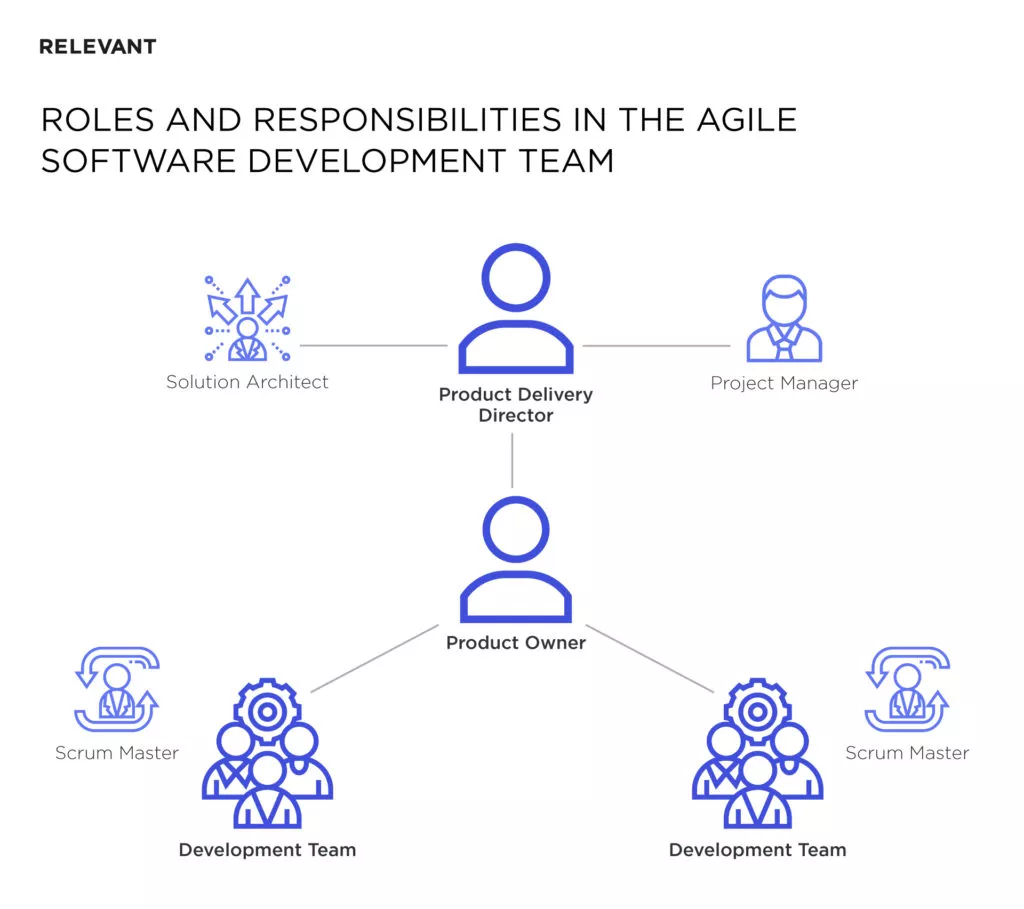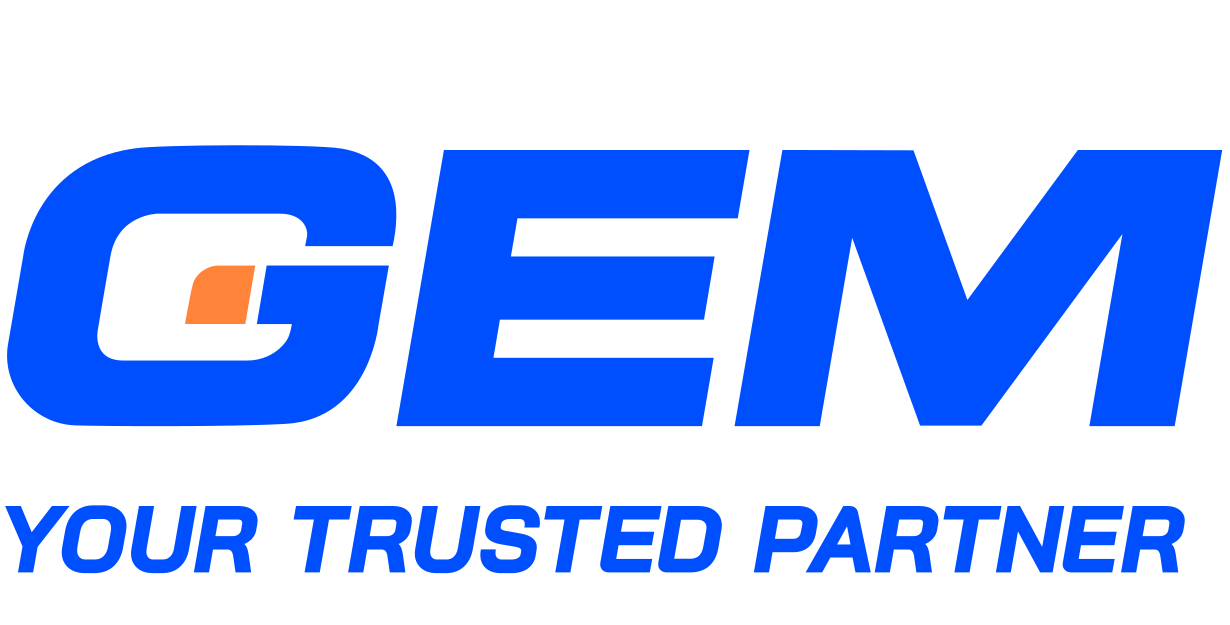Contents
Learn how your business can organize a competent development team that performs excellently like a professional IT Service Provider.
Project managers must select the right people and manage them in a friction-free workflow to realize business ideas and yield favorable outcomes. The complex nature of this task demands leaders to be well-informed and have the professional knowledge to support their decisions.
Explore how to best assist your development team during projects HERE!
An overview of a development team
Different organizations with varied business needs and resources will approach their development teams differently. However, a proper grasp of important positions and popular organizing methods will help select a suitable model.
A product development team usually has cross-functional members. Employees from different departments will work together and take up all basic functions from product management, product analytics, user experience (UX) to marketing.
Though there is no one-size-fits-all approach to building a development team, project managers should bear in mind the following key positions: Project Manager, Business Analysts, User Experience (UX) Designers, Developers, and Quality Assurance Engineer.

- Project Managers devise development plans, assign tasks, and oversee the execution to make sure team members stay on track. They also maintain communications between clients and the concerned departments.
- Business Analysts analyze the market and current business activities to call for necessary actions. These responses may be a change in the business model, an upgrade of their technological resources, or a different marketing approach.
- UX Designers determine how a product works and how users can interact with it. In other words, they are responsible for its functionality. Consequently, their work will decide to which degree a product can address users’ problems and help attain business goals.
- Developers write the coding of the product. They can be divided into front-end developers, who take care of the elements that users can see, and back-end ones, who work on the product’s underlying features and system.
- Quality Assurance Engineers (QA) perform testing sessions to detect errors and bugs before reporting them to developers. They make sure that before a product is released, it must fulfill certain quality standards and meet the client’s requirements.
The abovementioned key positions can be organized in various ways depending on distinct business needs. They may be aligned around a product line, a product feature, or a customer segment.
The first approach is common for large organizations. Each product is assigned to a product manager and possibly an embedded UX designer. This structure offers product managers autonomy and thus allows them to work extensively on their assignments.

The second approach is usually applied to sophisticated products. Each product manager and the team will work on a particular function or feature. The chief product officer will ensure teams work on mutual goals and visions to achieve cohesion in their operation.

The third approach can be employed when a product targets different vertical markets, such as finance, manufacturing, and healthcare, or horizontal markets, meaning the company’s products are dedicated to different groups of users within one sector. Similar to the other methods, it also requires specific objectives and active collaboration to develop a product experience that exceeds customer expectations.

The Agile development team – Roles and Responsibilities
Agile is an innovative approach to software development with growing popularity. Its advantages include promoting adaptive planning, facilitating continual improvement, and encouraging a strong sense of collaboration among key stakeholders. Hence, the philosophy comes with a distinctive team structure to promote these features.
Compared to a traditional one characterized by top-down management, the Agile development team emphasizes self-management and supports a cross-functional operation. Team efforts are the key subject of evaluation.
The latter’s structure also has several extra roles, namely Product Owner (PO) and Scrum Master. The Product Owner assists the team by ensuring their product addresses the client’s needs. Therefore, he needs a thorough understanding of the user base. Meanwhile, the Scrum Master’s role is to coordinate the team’s work. He helps members self-organize and make timely adjustments while adhering to Agile principles.
Additionally, an Agile development team, like a traditional one, also has a group of front-end and back-end developers, UX designers, and QA testers working in close coordination.

The essential characteristics and how to achieve them
What are the qualities of an outstanding development team?
First, members must communicate regularly to maintain a strong sense of coordination.
Second, a clear mission and a set of shared objectives help everyone know what they are working towards.
Third, individuals need to be assigned well-defined responsibilities to be aware of their roles, expectations, and areas of accountability.
Fourth, the ability to self-manage is vital. Top-down management and leaders who push for progress no longer represent the right approach. Members’ contribution should stem from their enthusiasm, and they must be in charge of the quality of their work.
In short, the ideal development team encourages the active exchange of ideas and opinions to find common ground. It also needs a strong sense of leadership to align the development process with the established visions and goals and individual accountability and motivation.
To build a team with such features, leaders can follow the following pieces of advice:
a. Recruit team members early
A development team should be assembled in the early stage of the development process considering design cycle time and costs. This preparation helps leaders and their teams avoid abrupt changes in their projects later.
b. Include members from various functions
Employing people from different specialty areas, both tech-related and non-tech-related streamlines the development process and helps guarantee the product’s success. By doing so, the whole team discusses various factors such as marketability, producibility, cost, and testability to reach unanimous decisions. Consequently, the entire project can be carried out in a well-coordinated manner.
c. Maintain a limited number of core members
Scheduling meetings and managing activities within a large team can be challenging. The recommended team size is usually from 8 to 10 core members. Additionally, team members should represent more than one functional area.
d. Develop problem-solving skills as a group
No matter how familiar they are with working in a group context, team members will still need time for adjustments before achieving better coordination. Hence, team members can take advantage of team-building training, workshops, or informal meetings to get to know each other before the development begins.
In conclusion, the creation of outstanding products extends far beyond gathering skilled employees. Forming a motivated and qualified development team is a crucial task that requires visionary project managers capable of providing an empowering environment for their team.
Build the dream team with our help
After spending 10+ years working with over 100 global clients from different industries, GEM Corporation thoroughly understands the importance of building the ideal team for your IT project.
We have the expert guidance and resources needed to assemble a high-performing team tailored to your needs.
Drop the contact form below and join our one-on-one consultancy session for FREE.






